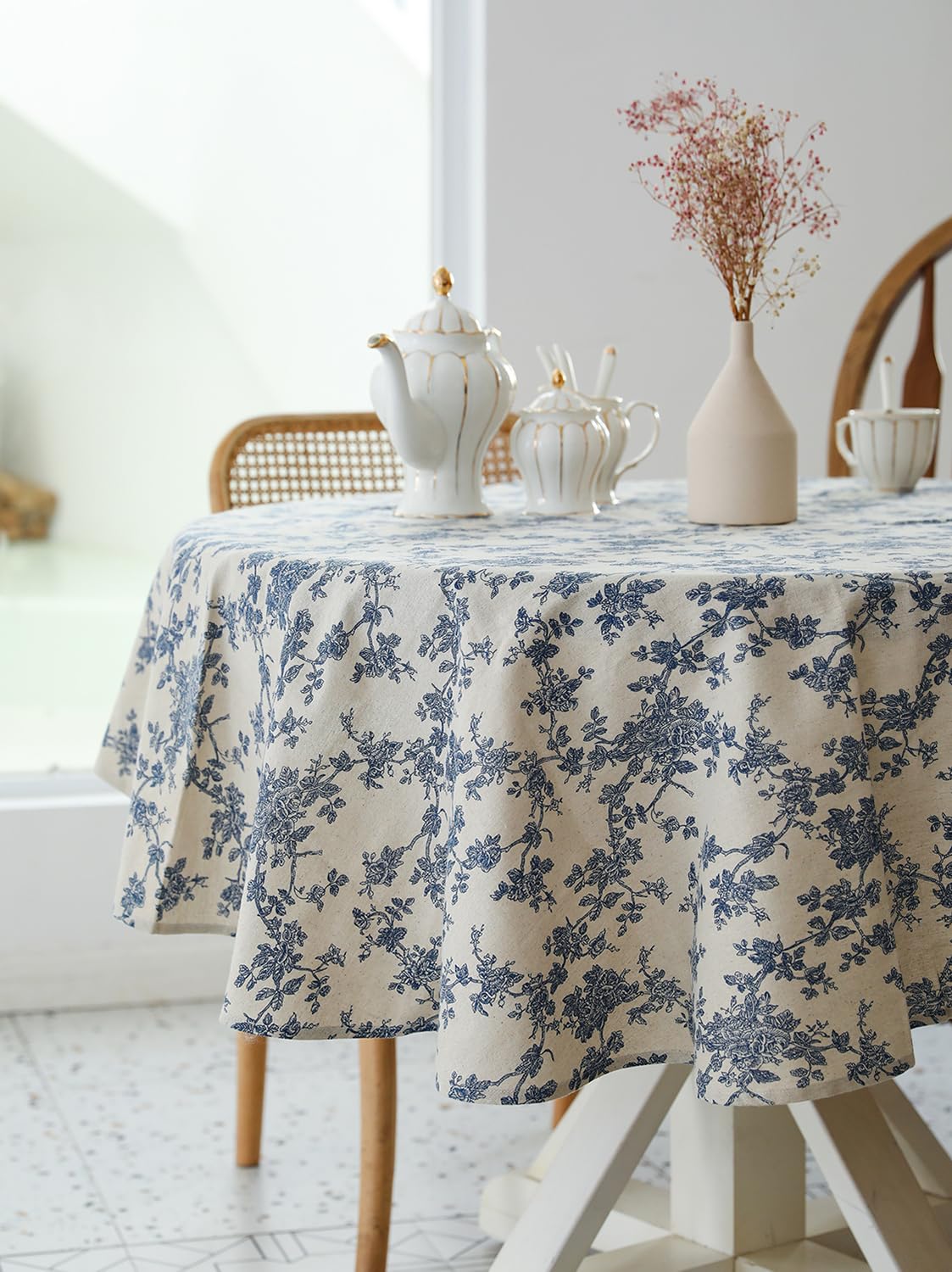The table linen market is experiencing steady growth as the global focus on home décor, dining experiences, and sustainability continues to evolve. Table linen, which includes items such as tablecloths, napkins, placemats, and runners, has moved beyond its traditional role to become a key element in enhancing the aesthetic appeal of dining spaces. With consumers increasingly looking for functional yet stylish home accessories, the demand for high-quality, durable, and designer table linens is rising. This blog explores the emerging trends, market impacts, and future directions within the table linen industry, shedding light on how these products are transforming the dining and home décor spaces worldwide.
The table linen market is being driven by several key trends, with consumers becoming more interested in products that align with sustainability and aesthetics. The shift toward eco-friendly products is significant, as more consumers opt for linens made from natural fibers such as organic cotton, linen, and bamboo, which are biodegradable and have a lower environmental impact. Additionally, the rise in interest for artisanal and handwoven linens has contributed to the growing appeal of unique, culturally-inspired designs. The trend of hosting home dining experiences, particularly during holidays and special occasions, is also fueling the demand for premium and decorative table linen products. Furthermore, the growing trend of customization and personalization has made way for consumers to seek table linen that fits their individual tastes and home décor themes. The integration of digital printing technologies in the production of table linens has allowed for vibrant and intricate designs to become more affordable and accessible to consumers, further driving growth in the market.
As the table linen market continues to grow, its impact on the home décor industry is becoming increasingly evident. Manufacturers are responding to these trends by offering a wider range of designs, sizes, and materials to meet the growing consumer demand for high-quality, sustainable, and aesthetically pleasing products. This shift is particularly beneficial for consumers, who now have access to a broader variety of table linens that cater to different tastes, seasons, and occasions. Retailers, both online and in physical stores, are increasingly offering customizable options, allowing consumers to choose from a range of fabrics, colors, and patterns to match their specific dining and décor preferences. Manufacturers are also adapting by incorporating sustainable production methods, including the use of eco-friendly dyes, organic fibers, and energy-efficient manufacturing processes. However, challenges such as maintaining product quality while scaling production, as well as ensuring affordability, continue to exist. As home décor and dining experiences continue to evolve, the table linen industry must balance creativity, quality, and sustainability to remain competitive.
Among the various segments within the table linen market, cotton-based products continue to lead in terms of popularity and market share. Cotton’s durability, softness, and versatility have made it the preferred choice for both casual and formal table settings. The demand for cotton table linens is further boosted by the growing preference for easy-to-care-for, machine-washable items. Additionally, linens made from cotton blends, such as polyester-cotton mixes, offer a more affordable alternative, attracting budget-conscious consumers. Another growing segment is the luxury table linen category, which includes high-end materials like silk, damask, and embroidered linens. These premium products are typically used for special occasions, and their market growth is fueled by the increasing interest in hosting at-home dinner parties and holiday gatherings. The drivers for this segment include the rising disposable income of consumers and the increasing demand for high-end home products that provide a touch of elegance and sophistication to the dining table. As consumers continue to seek unique and personalized table settings, there is also an expanding market for bespoke table linens, with manufacturers offering custom designs, monogramming services, and limited-edition collections.
The future of the table linen market is poised for continued growth, driven by an increasing focus on sustainability, customization, and innovation. As eco-conscious consumer behavior gains momentum, there will be a greater emphasis on producing table linens that are both environmentally friendly and functional. Innovations in textiles, such as the use of biodegradable fibers, recycled fabrics, and energy-efficient production techniques, will be crucial for manufacturers aiming to stay ahead in the market. The growing trend of home dining experiences, along with the rise of social media-driven décor trends, will continue to drive demand for unique, stylish, and personalized table linens that reflect individual taste and creativity. Additionally, advancements in digital printing technologies will enable the creation of more intricate and personalized designs at lower costs, making premium table linens accessible to a wider audience. As the market grows, businesses will need to adapt to these emerging trends by embracing sustainable practices, offering customizable options, and ensuring that their products are both high-quality and affordable. The future of the table linen market will be characterized by a harmonious blend of tradition, innovation, and sustainability, offering consumers a wide array of options to enhance their dining experiences.




.jpg)
 We are friendly and approachable, give us a call.
We are friendly and approachable, give us a call.